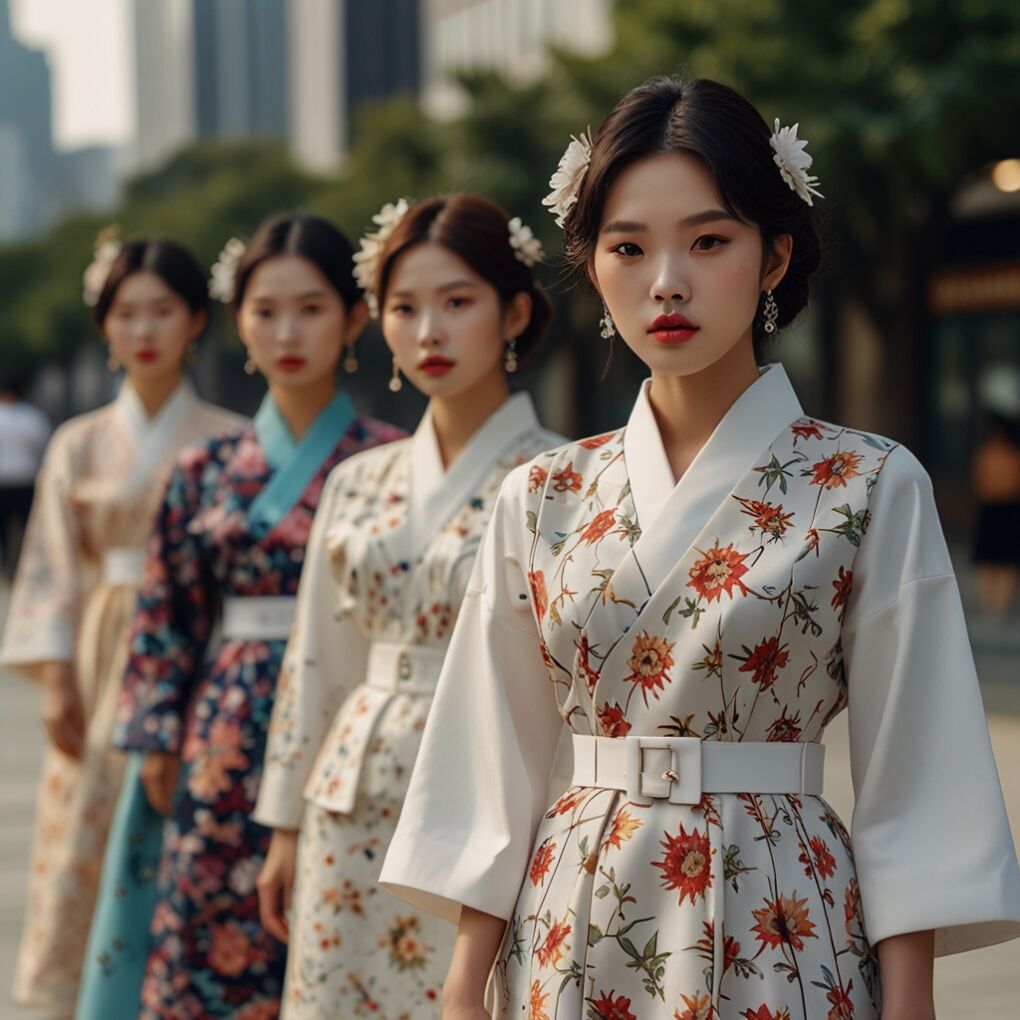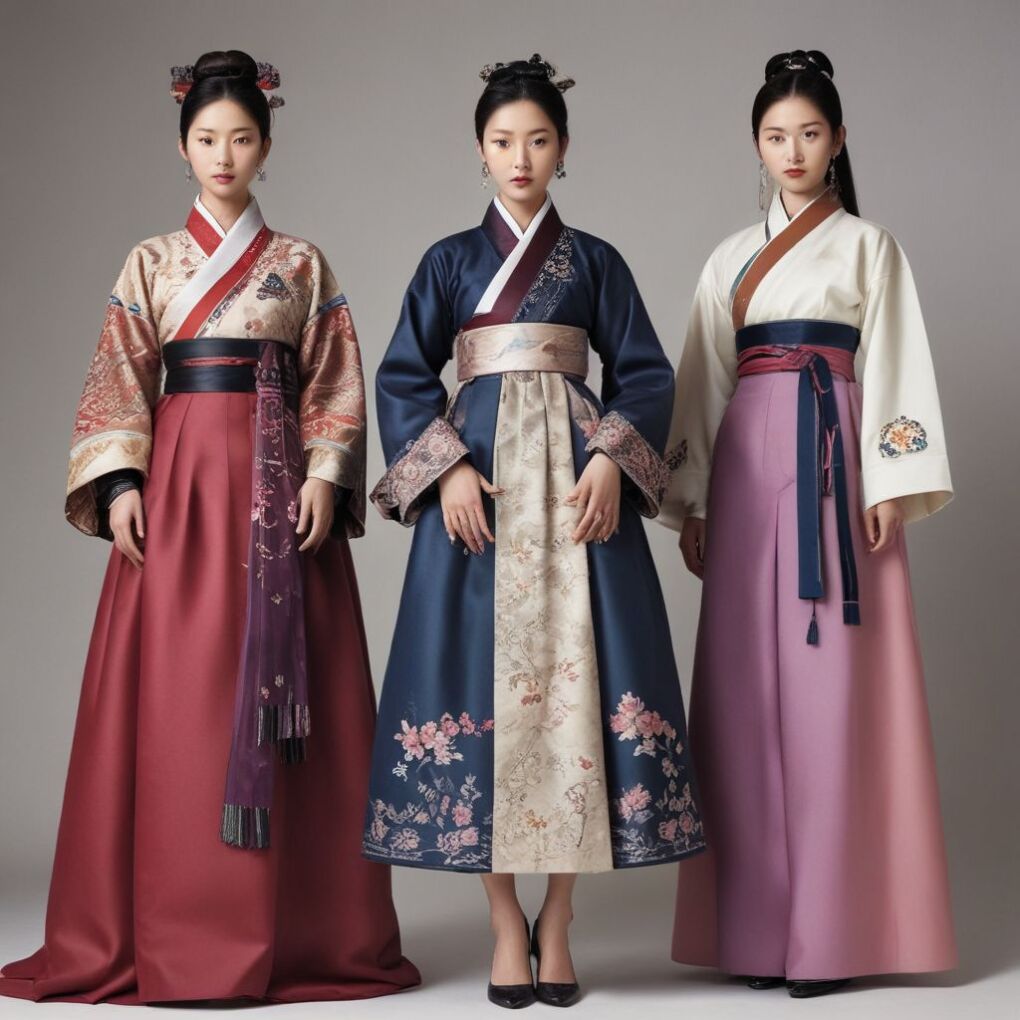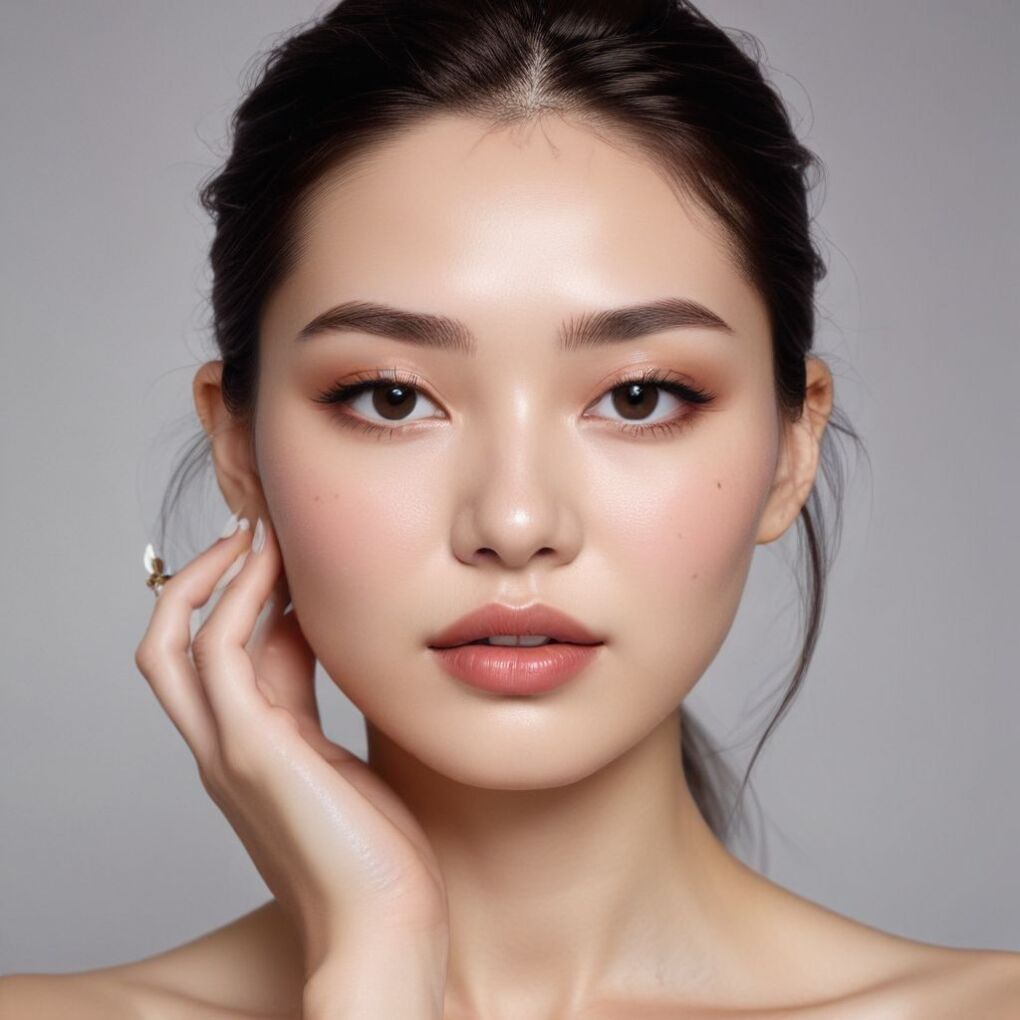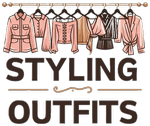In recent years, Korean fashion has taken the world by storm, captivating fashion enthusiasts across continents with its unique blend of tradition, innovation, and style. From K-pop idols to K-drama stars, South Korean celebrities have become global trendsetters, propelling their nation’s fashion industry into the international spotlight. This article delves into the fascinating world of Korean fashion, exploring its history, key trends, and global impact.

The Rise of Hallyu: Korean Fashion’s Springboard
The Korean Wave, or “Hallyu,” refers to the global surge in popularity of South Korean culture, encompassing music, film, television, and fashion. This cultural phenomenon has been instrumental in catapulting Korean fashion onto the world stage.
K-Pop’s Fashion Influence
K-pop groups like BTS, BLACKPINK, and EXO have become international sensations, not just for their catchy tunes and impressive choreography but also for their distinctive fashion choices. These idols are known for their bold, avant-garde styles that often push boundaries and redefine gender norms in fashion.
“Fashion, like music, is a universal language. Through our outfits, we express our identity and connect with fans worldwide.” – Kim Taehyung (V) of BTS
K-Dramas: The Fashion Runway
Korean dramas, or K-dramas, have also played a pivotal role in showcasing Korean fashion. Shows like “Crash Landing on You,” “Goblin,” and “Descendants of the Sun” not only captivate viewers with their compelling storylines but also with their characters’ impeccable style. Many K-drama outfits become instant trends, with fans eagerly seeking out identical pieces.
| K-Drama | Lead Actor/Actress | Fashion Impact |
|---|---|---|
| Crash Landing on You | Son Ye-jin | Her elegant, high-end fashion sparked the “Yoon Se-ri style” trend |
| Goblin | Gong Yoo | His long coats and turtlenecks became winter fashion staples |
| Itaewon Class | Park Seo-joon | His streetwear looks influenced casual fashion |
The Evolution of Korean Fashion
Korean fashion’s journey to global prominence is a tale of resilience, innovation, and cultural pride.

Post-War Era: The Western Influence
After the Korean War (1950-1953), South Korea saw an influx of Western fashion, particularly American styles. This period marked a shift from traditional hanbok to more Western-inspired clothing.
1980s-1990s: Finding a Unique Voice
In the 1980s and 1990s, as South Korea’s economy boomed, its fashion industry began to find its unique voice. Designers like Jin Teok and Lie Sang Bong gained international recognition, blending Korean aesthetics with contemporary styles.
2000s-Present: The Digital Age
The 21st century saw Korean fashion’s exponential growth, fueled by the internet and social media. Platforms like Instagram and YouTube allowed Korean fashion to reach global audiences directly, bypassing traditional gatekeepers.
Key Elements of Korean Fashion
Korean fashion is characterized by several distinctive elements that set it apart:
- Layering: A hallmark of Korean style, layering adds depth and dimension to outfits.
- Oversized Silhouettes: Baggy t-shirts, wide-leg pants, and oversized blazers are staples.
- High-Low Mix: Combining luxury items with affordable pieces is common.
- Minimalism: Clean lines, neutral colors, and simple shapes are prevalent.
- Attention to Detail: Unique buttons, seams, and cuts make pieces stand out.
Street Fashion: Seoul’s Urban Canvas
Seoul’s street fashion is a vibrant reflection of Korean style’s diversity. Areas like Hongdae, Gangnam, and Harajuku are fashion hotspots where young Koreans showcase their personal style.
- Hongdae: Known for its edgy, artistic vibe with lots of vintage and DIY fashion.
- Gangnam: Home to high-end, polished looks favored by professionals.
- Harajuku: Features quirky, bold styles often seen in K-pop music videos.
Korean Beauty: The Perfect Canvas
In Korean culture, fashion and beauty are deeply intertwined. The famous “glass skin” look—clear, luminous skin that appears poreless—serves as the perfect canvas for fashion statements.

- Skincare Routine: Often involves 10+ steps for flawless skin.
- BB and CC Creams: Provide light coverage for a natural look.
- Bold Lips: Strong lip colors contrast with minimal eye makeup.
- Straight Brows: Softer, straighter brows complement the youthful aesthetic.
Iconic Korean Fashion Trends
Several trends have become synonymous with Korean fashion:
Korean School Uniform (Gyobok)
The Korean school uniform, or “gyobok,” has become a fashion phenomenon. Its sailor-style collars, pleated skirts, and fitted blazers have inspired countless K-pop and K-drama looks.
Couple Fashion
“Couple look” involves partners wearing matching or coordinated outfits. This trend reflects the importance of relationships in Korean culture and has gained popularity globally.
K-Pop Stage Outfits
K-pop stage outfits are a category unto themselves. Often custom-made by luxury brands, these ensembles feature:
- Holographic materials
- LED-embedded clothes
- Gender-fluid designs
- Reinterpretations of traditional hanbok
Korean Designer Brands Making Waves
Korean designers are increasingly making their mark on the global stage:
- Pushbutton: Known for deconstructed tailoring and bold colors.
- Gentle Monster: Avant-garde eyewear favored by celebrities.
- Andersson Bell: Minimalist designs with a Scandinavian influence.
- Ader Error: Streetwear with witty slogans and oversized fits.
Fast Fashion: Korea’s Global Players
Korean fast fashion brands have also gained international success:
- Stylenanda: Youthful, feminine designs at affordable prices.
- 8seconds: Samsung’s answer to Uniqlo, offering quality basics.
- Mixxo: Known for its office-appropriate yet trendy pieces.
These brands have physical stores in many countries and robust online presences, making Korean fashion accessible worldwide.
The Hanbok Revival
While Western styles dominate daily wear, there’s a growing movement to revive the hanbok, Korea’s traditional dress. Modern designers are reinventing hanbok for contemporary tastes:
- Shorter hemlines for better mobility
- Lighter fabrics for comfort
- Vibrant colors and patterns
- Fusion designs (e.g., hanbok-inspired blazers)
“Hanbok is not just clothing; it’s a canvas that tells Korea’s story. By modernizing it, we ensure this story continues.” – Kim Young Jin, hanbok designer
K-Fashion’s Global Economic Impact
Korean fashion’s rise has had significant economic implications:
- In 2022, South Korea’s fashion industry was valued at over $40 billion.
- K-pop-related merchandise, including fashion items, generated $10 billion in 2022.
- Korean cosmetics exports reached $7.5 billion in 2022, largely driven by the popularity of K-beauty in fashion circles.
Tourism Boost
Fashion tourism has also surged:
- Drama filming locations become fashion pilgrimage sites.
- Seoul Fashion Week attracts international buyers and media.
- Beauty travel packages include skincare clinic visits and makeup classes.
Sustainability: Korean Fashion’s New Frontier
As awareness grows, Korean fashion is embracing sustainability:
- Eco-friendly materials: Brands like Armedangels use organic cotton and recycled polyester.
- Upcycling: Designer Yuni Ahn turns discarded materials into high fashion.
- Rental services: Platforms like Project Anne encourage sharing over buying.
Cultural Appropriation Concerns
Despite its global appeal, Korean fashion has faced accusations of cultural appropriation:
- Some K-pop styling borrows heavily from Black American culture without acknowledgment.
- Certain designs incorporate traditional motifs from other Asian cultures without understanding their significance.
The industry is being urged to address these issues, fostering greater cultural sensitivity and collaboration.
Korean Fashion in the West
Korean fashion’s influence in the West is undeniable:
- Collaborations: BTS x McDonald’s merchandise sold out globally.
- Department Stores: Nordstrom and Selfridges have dedicated K-fashion sections.
- Fashion Weeks: Korean designers now show regularly in New York, London, and Paris.

Celebrity Endorsements
Western celebrities are also embracing Korean fashion:
- Lady Gaga wore Pushbutton on her Joanne World Tour.
- Rihanna is often seen in Gentle Monster sunglasses.
- Timothée Chalamet favors ADER Error’s unisex pieces.
Learning from Korean Fashion
Fashion enthusiasts worldwide can draw inspiration from Korean style:
- Experiment with Layering: Mix textures, lengths, and fits.
- Invest in Basics: High-quality, versatile pieces form the foundation.
- Play with Proportions: Try oversized tops with slim bottoms.
- Don’t Fear Color: Koreans often use one vibrant piece as a focal point.
- Prioritize Skincare: Good skin enhances any outfit.
The Future of Korean Fashion
As we look ahead, Korean fashion shows no signs of slowing down:
- Virtual Fashion: Brands are exploring digital clothing for online personas.
- K-Pop Metaverse: Groups like aespa blend real and virtual fashion.
- AI Styling: Apps use algorithms to suggest Korean-inspired outfits.
Moreover, as Korean media continues to break barriers—like “Parasite” winning the Oscar for Best Picture—Korean fashion is set to reach even wider audiences.
Conclusion: More Than Just Clothes
Korean fashion is more than just clothes; it’s a cultural movement that reflects South Korea’s rapid transformation from post-war poverty to global soft power. Through their unique style, Koreans share their history, values, and aspirations with the world.
This fashion phenomenon also challenges traditional fashion hierarchies. No longer do trends only flow from Paris or Milan; Seoul now stands as an equal, innovative force. In doing so, Korean fashion encourages a more inclusive, diverse global fashion dialogue.
As you experiment with oversized blazers, indulge in a 10-step skincare routine, or simply enjoy your favorite K-drama, remember: you’re not just following a trend. You’re participating in a vibrant cultural exchange, one stylish outfit at a time.
